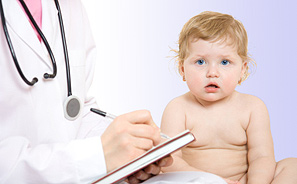
Hemera | Thinkstock
Kids seem to catch EVERYTHING!
And while today’s kids are fortunate — vaccinations have drastically decreased the number of deaths from common childhood ailments — certain childhood diseases, such as pertussis, are actually on the upswing.
Would you recognize a case of whooping cough if you saw it?

















